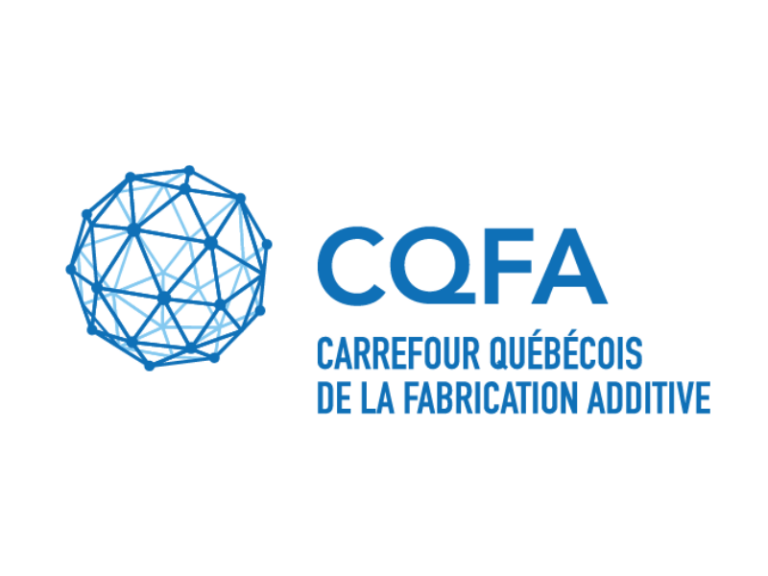
2023/11/16
Dimensional accuracy of additively manufactured graded lattice structures based on X-ray microcomputed tomography
Osman, M.; Bernier, F.; Wanjara, P.; Gholipour, J.; Pelletier, R.; Molavi-Zarandi, M.; Brochu, M. (2023). Dimensional accuracy of additively manufactured graded lattice structures based on X-ray microcomputed tomography. Euspen, September 2023, www.euspen.eu.
Recent developments in laser powder bed fusion (LPBF) additive manufacturing (AM) have enabled the fabrication of intricate, supportless, three-dimensional (3D) truss lattice structures (TLS). These geometries feature a lightweight design, high specific strength and large surface area-to-volume ratio, which makes them ideal candidates for thermal dissipation applications. However, the dimensional accuracy of TLS produced by LPBF AM decreases with complexity and the lowering of their dimensions from macro to micro-levels due to the relationship between the melt pool size, rastering and the geometry to be printed. The present study employs X-ray microcomputed tomography (µCT) to evaluate the dimensional accuracy of three different topologies of graded truss lattice structures (GTLS) produced by LPBF using stainless steel 316L powder. The unit cells of the three topologies studied for the GTLS resemble the cubic crystal system as face-centered cubic (FCC), face-centered cubic with struts in the Z-direction (FCCZ), and primitive cubic (Cubic). These lattice topologies were designed with a constant unit cell of 3 mm and varying relative densities from 0.4 to 0.8. The struts of each GTLS have been categorized with respect to their orientation with the build platform into 0°, 45° and 90° strut groups and the dimensions of each were assessed by µCT segmentation and image analysis methods. A correlation for the dimensions between each designed and fabricated strut was determined for the different strut orientations over the diameter range studied. The resulting correlations can be further applied for error compensation of the GTLS produced by LPBF AM to improve their dimensional accuracy at the micro level.